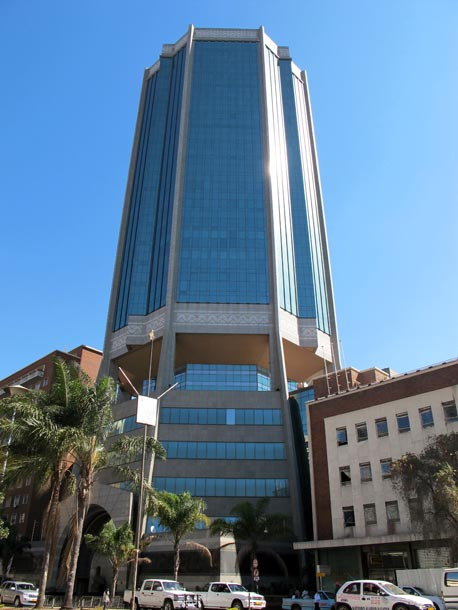
THE Reserve Bank of Zimbabwe (RBZ) last year mobilised US$800 million from local, regional, and international partners to meet the country’s balance of payments requirements, among other obligations, a new report has shown.
In its 2022 annual report released late last month, the central bank said the money includes letters of credit (LCs).
“The bank mobilised US$800 million (including letters of credit) from local, regional, and international partners to support the foreign exchange auction system and meet the country’s balance of payments requirements in 2022,” the report reads in part.
“The issuances of letters of credit under the Afreximbank US$150 million facility, as well as banks’ own facilities continued to bridge the balance of payments gap for the country as they provided critical foreign currency liquidity to industry.
“LCs worth about US$198 million were issued under both the Afreximbank and banks’ own facilities in 2022.”
Meanwhile, the report shows that capital grant inflows to the country decreased by 14,5% in 2021 to US$282,5 million in 2022. This was due to the impact of global shocks, especially the Covid-19 pandemic, which slowed down growth in source countries.
“The capital account, however, remained positive due to external development partner support from both bilateral and multilateral partners for government projects, with health, agriculture, and education being the major beneficiary sectors in 2022,” it said.
The financial account had a net borrowing position of US$561,9 million in 2022 due to inflows from both debt and non-debt creating flows. Foreign direct investment (FDI) inflows increased from US$237,5 million in 2021 to US$326,2 million in 2022, reflecting partly the improved investment climate in the country.
- MIHR petitions govt on Lubimbi relocations
- ‘Timely IMF boost saved Zim’
- In Full: Twelfth post-cabinet press briefing: May 10, 2022
- Blocked funds choke NMB
Keep Reading
FDI flows in the country in 2022 mainly arose from increased investments by major mining houses as the sector targets contribution to a US$12 billion economy by 2030.
The financial account, according to the report, also benefited from offshore loan receipts by both the public and private sectors, with public enterprises receiving about US$184 million and the private sector accessing about US$4,954.0 million in 2022.
Disbursements to the public sector last year were only from active loan portfolios with China Exim Bank, deployed for various projects, such as the Hwange Thermal Power Units 7 and 8 projects, the Robert Gabriel Mugabe International Airport Expansion project, Hwange’s Deka Pumping Station and NetOne Expansion Phase III project.
It said disbursements in 2022 were higher than in 2021 due to timely debt service payments for the active portfolio and the government's commitment to engage and re-engage with the international community.
The total value of external loans approved for the private sector in 2022 was US$1,8 billion compared to US$1,3 billion in 2021.
This represented a 41% increase, compared to the previous year. The number of approved offshore facilities increased from 108 in 2021 to 194 in 2022.
The sectoral concentration of external borrowings maintained a similar trend for both 2021 and 2022, with the agriculture sector dominating at above 50% of the total value of credit facilities.
The mining sector also contributed significantly as mining companies sought to finance expansion projects and new mine development accounting for 22,8% of the total external loan approvals.







